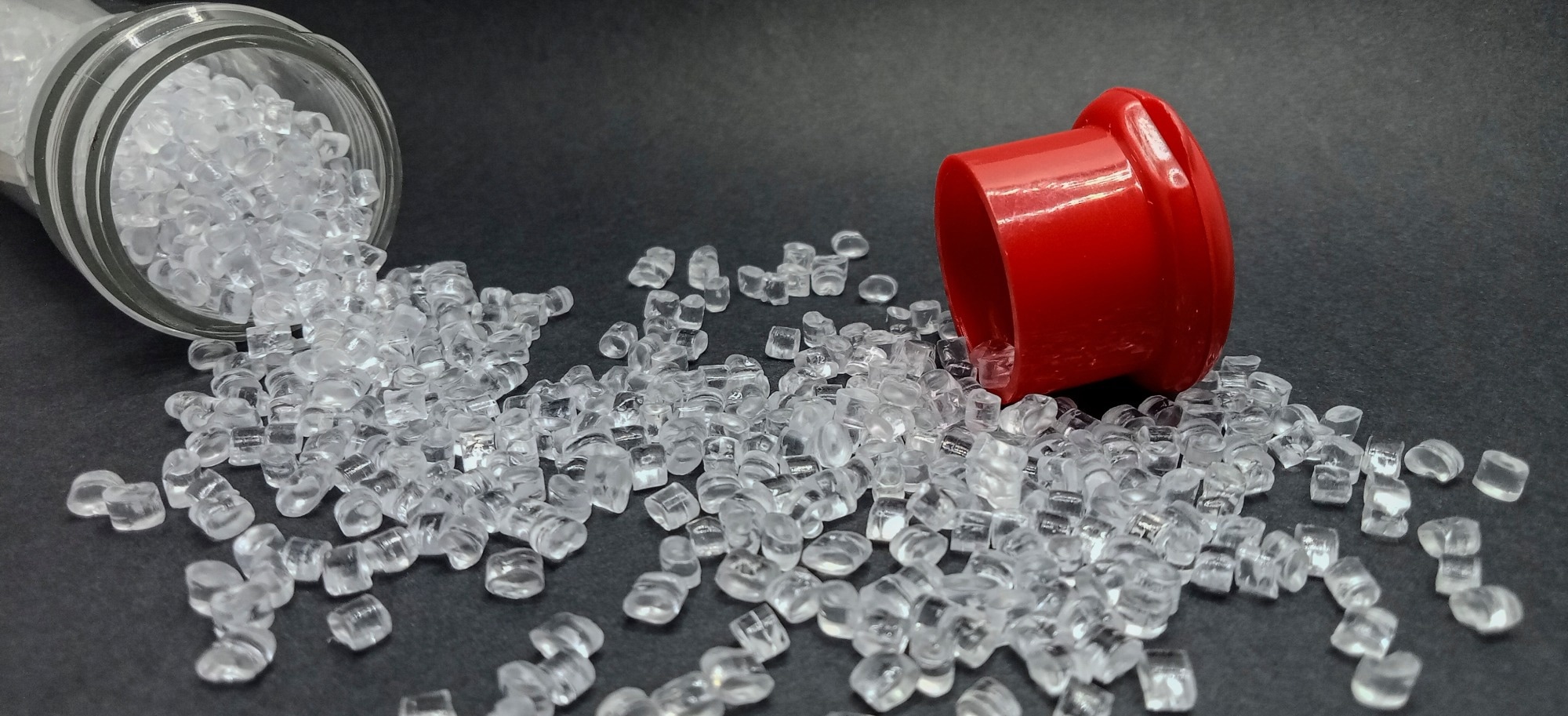Researchers from Taiyuan University of Technology and Zhejiang University have developed a core-shell composite structure that significantly improves the low-temperature toughness of polypropylene (PP), a widely used thermoplastic.
Published in Engineering, the study addresses the long-standing drawback of PP's poor performance at low temperatures while maintaining its desirable characteristics, such as thermal and chemical resistance.

Image Credit: Hari Nurosid/Shutterstock.com
To improve the low-temperature toughness of PP, the researchers created a novel composite by combining PP with high-density polyethylene (HDPE) and polystyrene-polyethylene-polypropylene-polystyrene (SEPS). Doing so formed an uncommon SEPS@HDPE core-shell structure, with SEPS acting as the core and HDPE acting as a shell.
The resulting composite had significant material advantages. The addition of HDPE to the PP/SEPS system caused a considerable brittle-ductile transition in the PPM/HDPE composites (PPM refers to the PP/SEPS composite with a fixed mass ratio of 70/30).
The brittle-ductile transition temperature (Tbd) was effectively adjusted, and the impact strength significantly increased.
When HDPE was added, the PPM’s impact strength rose from 13.6 at -5 °C to 49.3 kJ/m2 at -10 °C. The tensile strength usually seen in PP was maintained, with just a minor loss in yield strain and Young’s modulus - both of which were within an acceptable range given the overall mechanical performance.
The rheological behavior of the composites showed further changes to PP. A long-term relaxation unit was found to be linked to the percolated network microstructure, which is created by dispersed particles. A low percentage of HDPE (3 %) encouraged the creation of physical networks of SEPS particles, whereas a high HDPE level (more than 10 %) degraded the physical network.
The resulting toughening of the PPM/HDPE composites was linked to their soft-core hard-shell structure. HDPE decreased the size of the dispersed phase, inhibited SEPS coalescence, and created an intermediate layer that distributed stress concentrations. This increased matrix shear yielding while successfully suppressing crack progression.
As well as showing the possibility of improving the characteristics of PP composites, this study also proposes a feasible low-temperature toughening technique that could be applied to other thermoplastic polymers. These findings may influence future material design in a wide range of industries, from automotive to packaging.
Journal Reference:
Shen, J., et al. (2025) Phase Morphology Evolution and Rheological Behavior of Toughened Polypropylene Composite with Controllable Brittle–Ductile Transition Temperature Using SEPS@HDPE Core–Shell Structure. Engineering. doi.org/10.1016/j.eng.2024.04.027